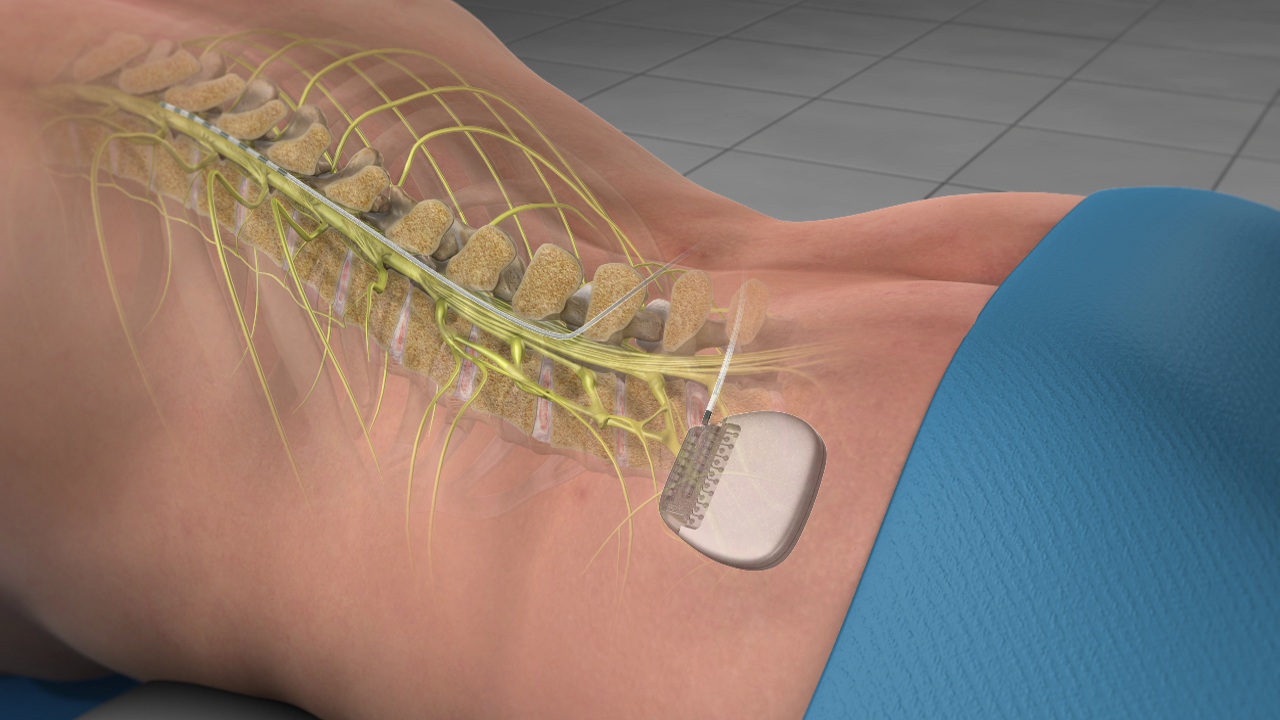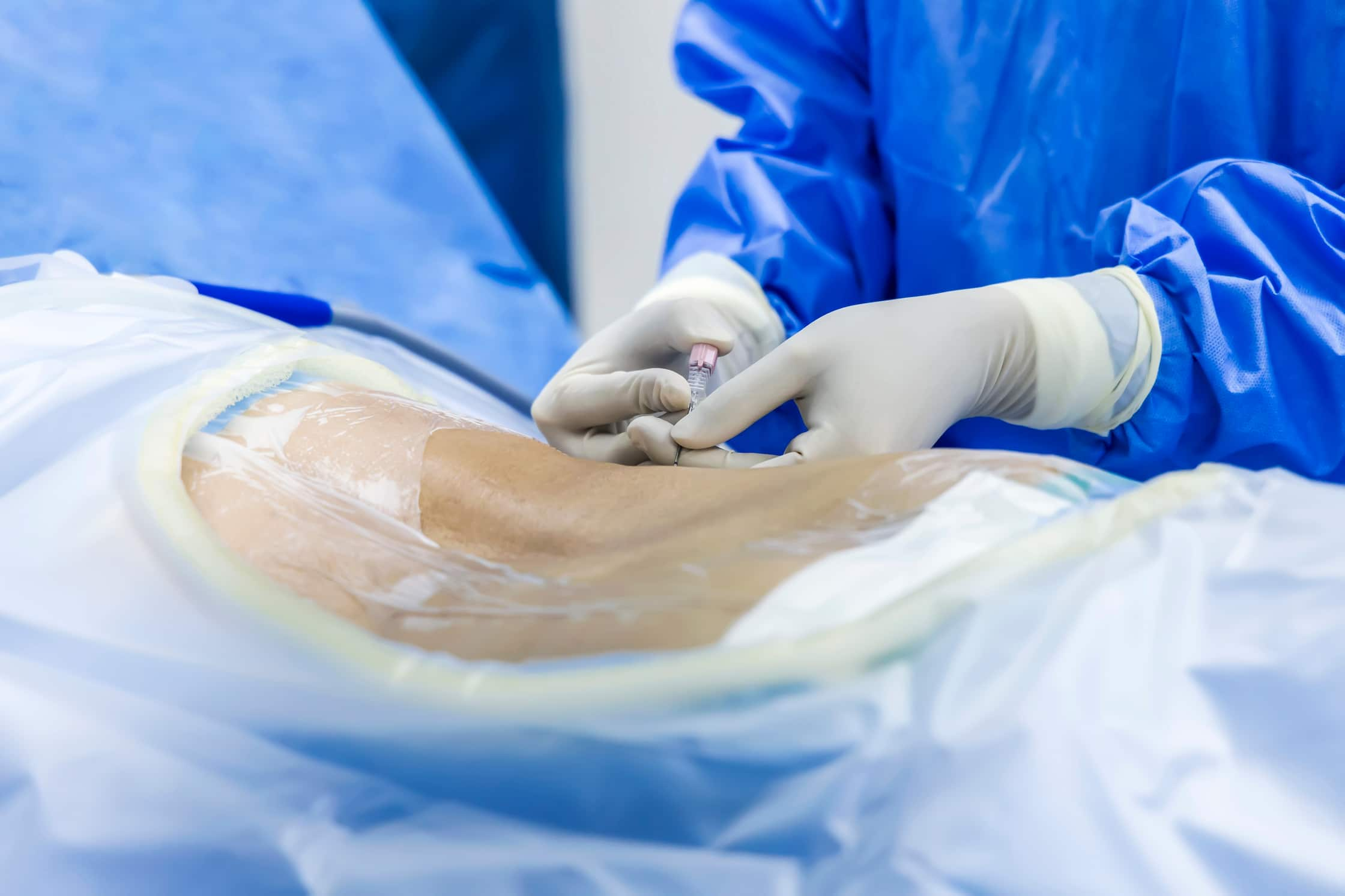
Spinal Cord Stimulation Removal
Spinal Cord Stimulation (SCS) is a widely used treatment for chronic pain, providing relief to patients who have exhausted other options. However, there are instances where Spinal Cord Stimulation removal becomes necessary. This blog aims to provide an in-depth understanding of Spinal Cord Stimulation removal, covering the reasons, process, and considerations involved.
What is Spinal Cord Stimulation?
Spinal Cord Stimulation involves the use of a device implanted in the body to send electrical impulses to the spinal cord. These impulses interfere with the pain signals traveling to the brain, thereby reducing the sensation of pain. SCS is often used for conditions such as failed back surgery syndrome, complex regional pain syndrome, and other chronic pain conditions.
The device typically consists of a small pulse generator implanted under the skin, usually in the abdomen or buttocks, and electrodes placed near the spinal cord. A remote control allows the patient to adjust the level of stimulation. For many, this technology has significantly improved quality of life by reducing dependence on pain medications and allowing for greater physical activity and participation in daily activities.
Why Consider Spinal Cord Stimulation Removal?
While Spinal Cord Stimulation can be highly effective, there are several reasons why removal might be considered:
Ineffectiveness: In some cases, patients do not experience the expected relief from their pain, necessitating the removal of the device. Over time, the effectiveness of SCS may diminish, or it might never fully address the pain, leading patients to seek alternative treatments.
Complications: Like any medical procedure, SCS implantation can lead to complications such as infection, hardware malfunction, or adverse reactions to the device. These complications can make it necessary to remove the device to prevent further health issues.
Technological Advancements: Medical technology is constantly evolving. Patients might opt for removal to upgrade to newer, more advanced technologies that offer better pain relief or more convenient use.
Lifestyle Changes: Changes in a patient’s condition or lifestyle might render the SCS device unnecessary or unsuitable. For instance, if a patient’s pain condition improves significantly or if they develop a new condition that requires different treatment, removal of the SCS may be warranted.
The Spinal Cord Stimulation Removal Process
Spinal Cord Stimulation removal is a surgical procedure that involves the extraction of the implanted device. Here’s a step-by-step overview of the process:
Preoperative Evaluation: The patient undergoes a thorough evaluation to determine the need for removal and to plan the procedure. This includes reviewing medical history, imaging studies, and current health status. The evaluation helps to ensure that the benefits of removal outweigh the risks.
Anesthesia: The procedure is usually performed under general or local anesthesia, depending on the complexity and the patient's condition. General anesthesia is more common for extensive removals, while local anesthesia may be used for simpler procedures.
Incision and Extraction: The surgeon makes an incision near the site of the implant to access and remove the device and electrodes. Care is taken to minimize tissue damage and ensure complete removal. The removal process can vary in duration depending on the complexity and the location of the device.
Closure and Recovery: The incision is closed, and the patient is monitored during the recovery period. Postoperative care includes managing pain, preventing infection, and ensuring proper wound healing. Patients may need to stay in the hospital for a short period or be discharged the same day, depending on their condition.
Recovery and Aftercare of Spinal Cord Stimulation Removal
Recovery from Spinal Cord Stimulation removal varies depending on the individual's overall health and the complexity of the procedure. Here are some general guidelines for postoperative care:
Follow-Up Appointments: Regular follow-up appointments are essential to monitor healing and address any complications. These appointments allow the healthcare team to track the patient's progress and make necessary adjustments to the recovery plan.
Pain Management: Pain management strategies, including medications and physical therapy, may be necessary during the recovery period. Over-the-counter pain relievers or prescribed medications can help manage postoperative pain.
Activity Restrictions: Patients are advised to avoid strenuous activities and heavy lifting until fully healed. Gradual return to normal activities is recommended to prevent strain on the incision site and allow proper healing.
Wound Care: Proper wound care is crucial to prevent infection and ensure optimal healing. Patients should keep the incision site clean and dry, follow any specific instructions provided by their healthcare provider, and report any signs of infection or complications promptly.
Alternatives to Spinal Cord Stimulation
For patients who undergo Spinal Cord Stimulation removal, exploring alternative pain management options is essential. Some alternatives include:
Medication: Pain relievers, anti-inflammatory drugs, and muscle relaxants can help manage chronic pain. While medication can be effective, long-term use should be monitored to avoid dependency and side effects.
Physical Therapy: Physical therapy can strengthen muscles, improve mobility, and reduce pain. Tailored exercise programs and manual therapy techniques can help patients manage pain and improve function.
Nerve Blocks: Nerve blocks involve injecting anesthetics or steroids near specific nerves to reduce pain. This can provide temporary relief and may be used in conjunction with other treatments.
Alternative Therapies: Acupuncture, chiropractic care, and other complementary therapies may provide relief for some patients. These therapies can be used alongside conventional treatments to enhance pain management and overall well-being.
Patient Experiences and Support
The decision to undergo Spinal Cord Stimulation removal is deeply personal and can be influenced by various factors, including the patient’s overall health, the effectiveness of the device, and lifestyle changes. Sharing patient experiences and support can provide valuable insights and comfort to those considering this procedure.
Patients who have undergone Spinal Cord Stimulation removal often share their stories through support groups, online forums, and patient advocacy organizations. These platforms offer a space for individuals to discuss their experiences, share tips for recovery, and provide emotional support to one another. Healthcare providers can also recommend resources and support groups to help patients navigate their journey.
Healthy Türkiye Notes
Spinal Cord Stimulation removal is a significant decision that requires careful consideration and consultation with healthcare professionals. Understanding the reasons for removal, the procedure, risks, and recovery process can help patients make informed choices about their pain management. If you are considering Spinal Cord Stimulation removal, contact with us to discuss your options and develop a personalized treatment plan.
By providing comprehensive information about Spinal Cord Stimulation removal, this blog aims to empower patients with the knowledge they need to navigate their healthcare journey confidently. Healthy Türkiye plays a significant role in the field of health tourism, providing global access to top-tier medical services and treatment options. Remember, each patient's experience is unique, and finding the right approach to Spinal Cord Stimulation removal is a collaborative effort between the patient and their healthcare team.



